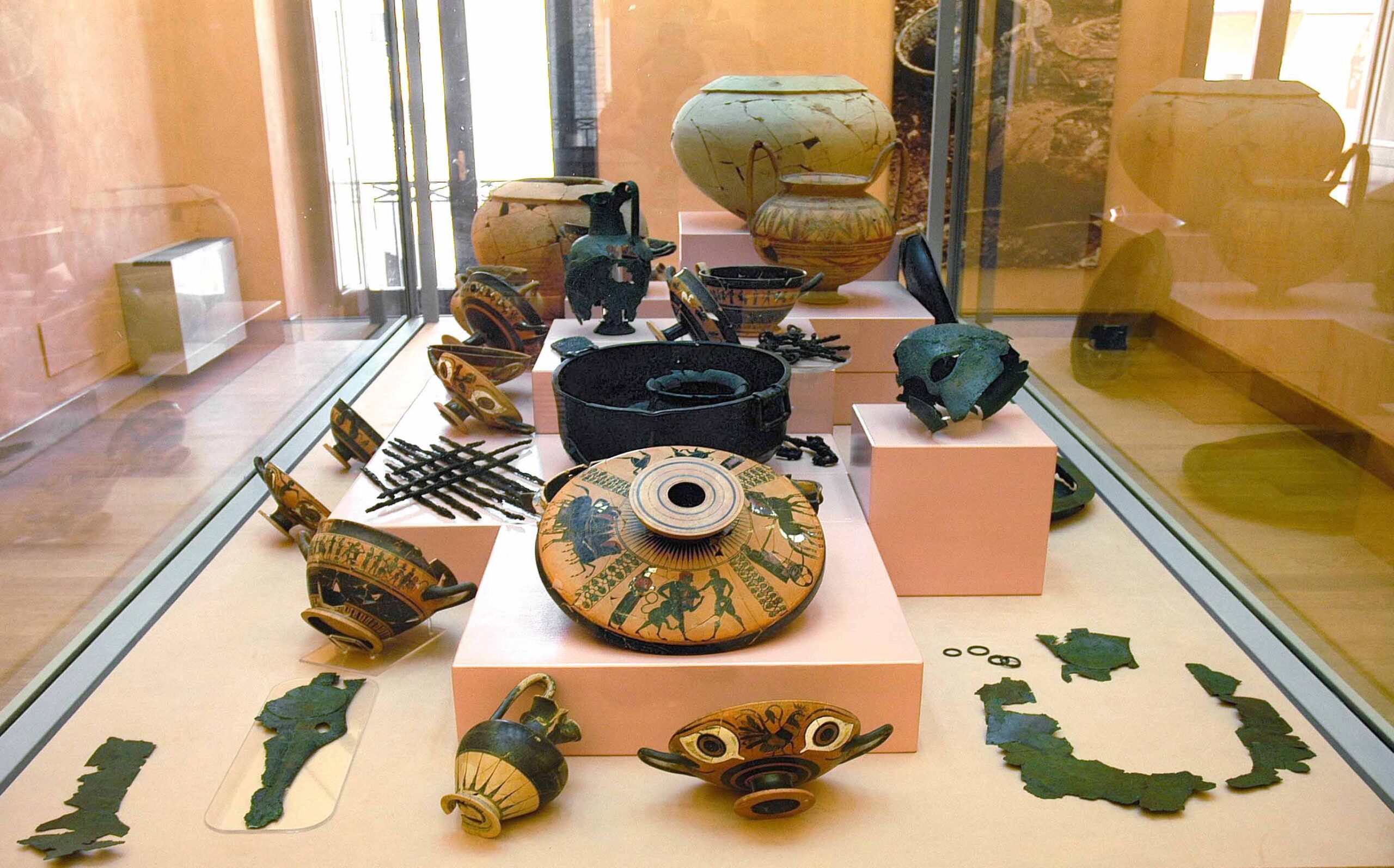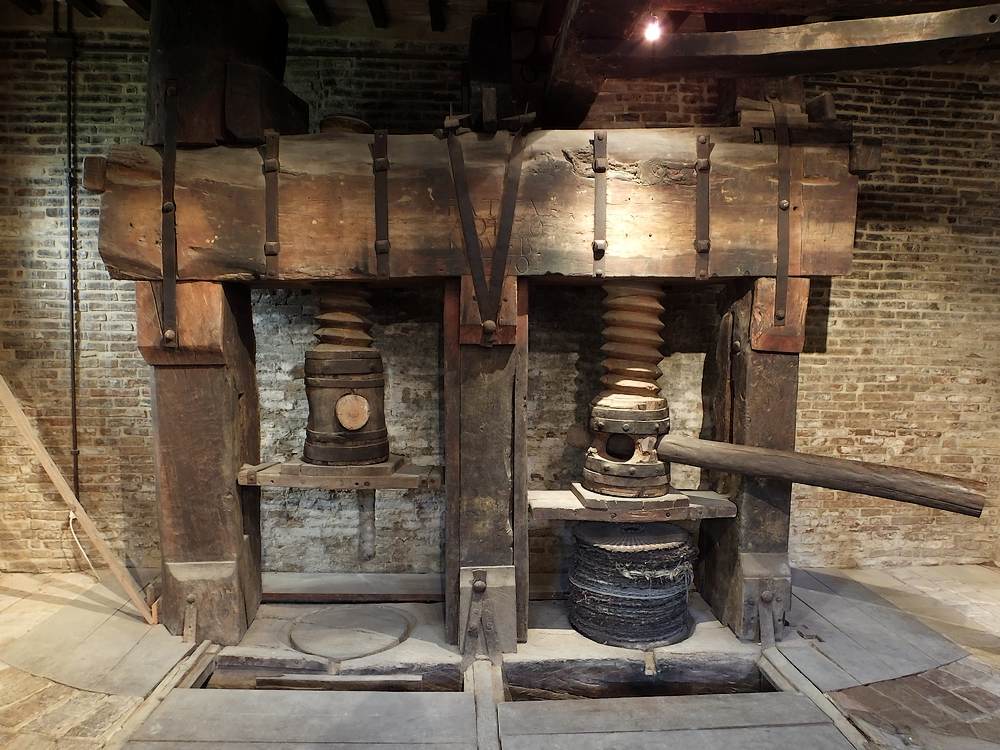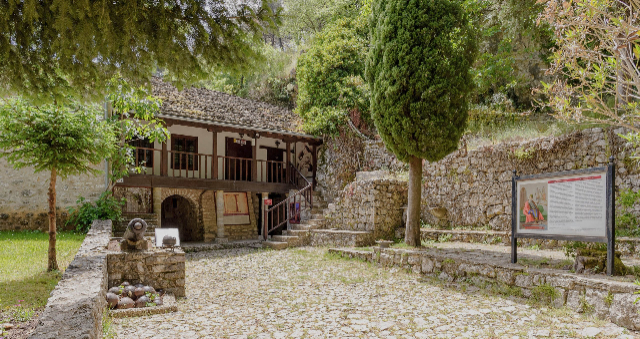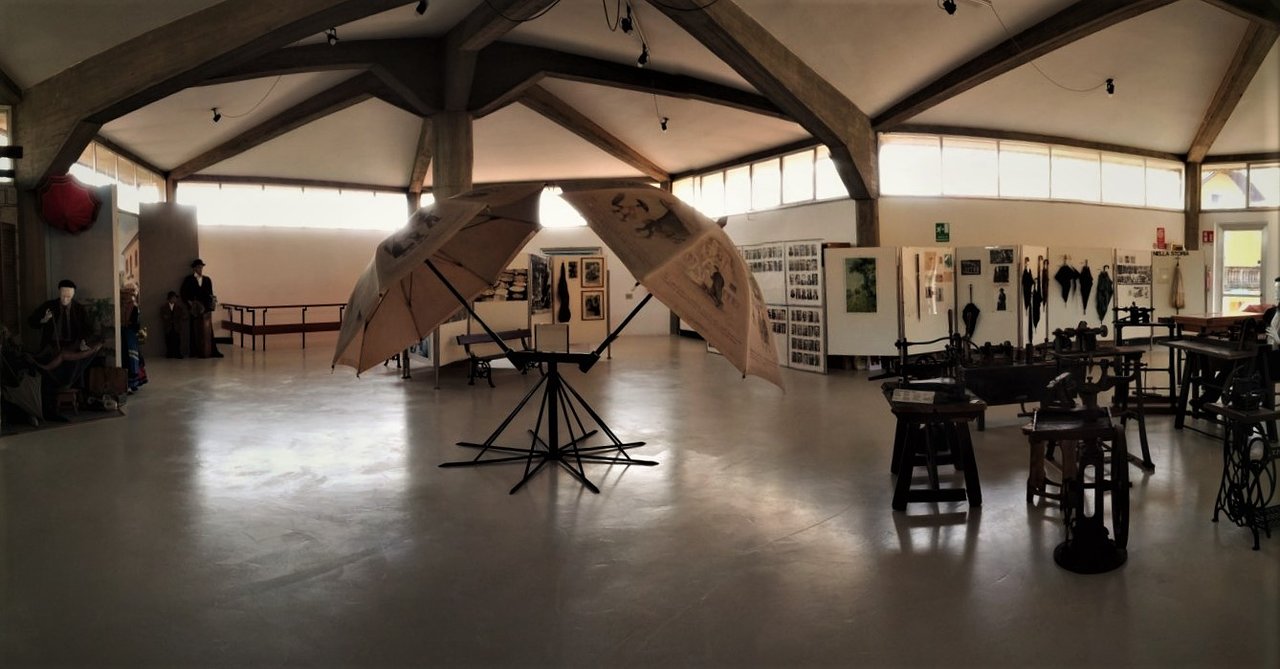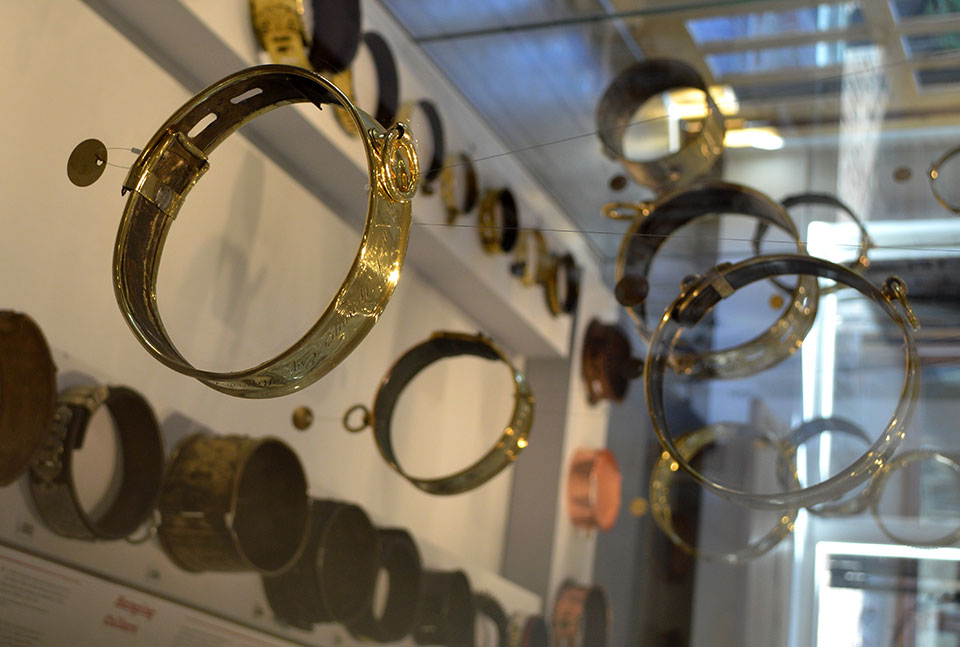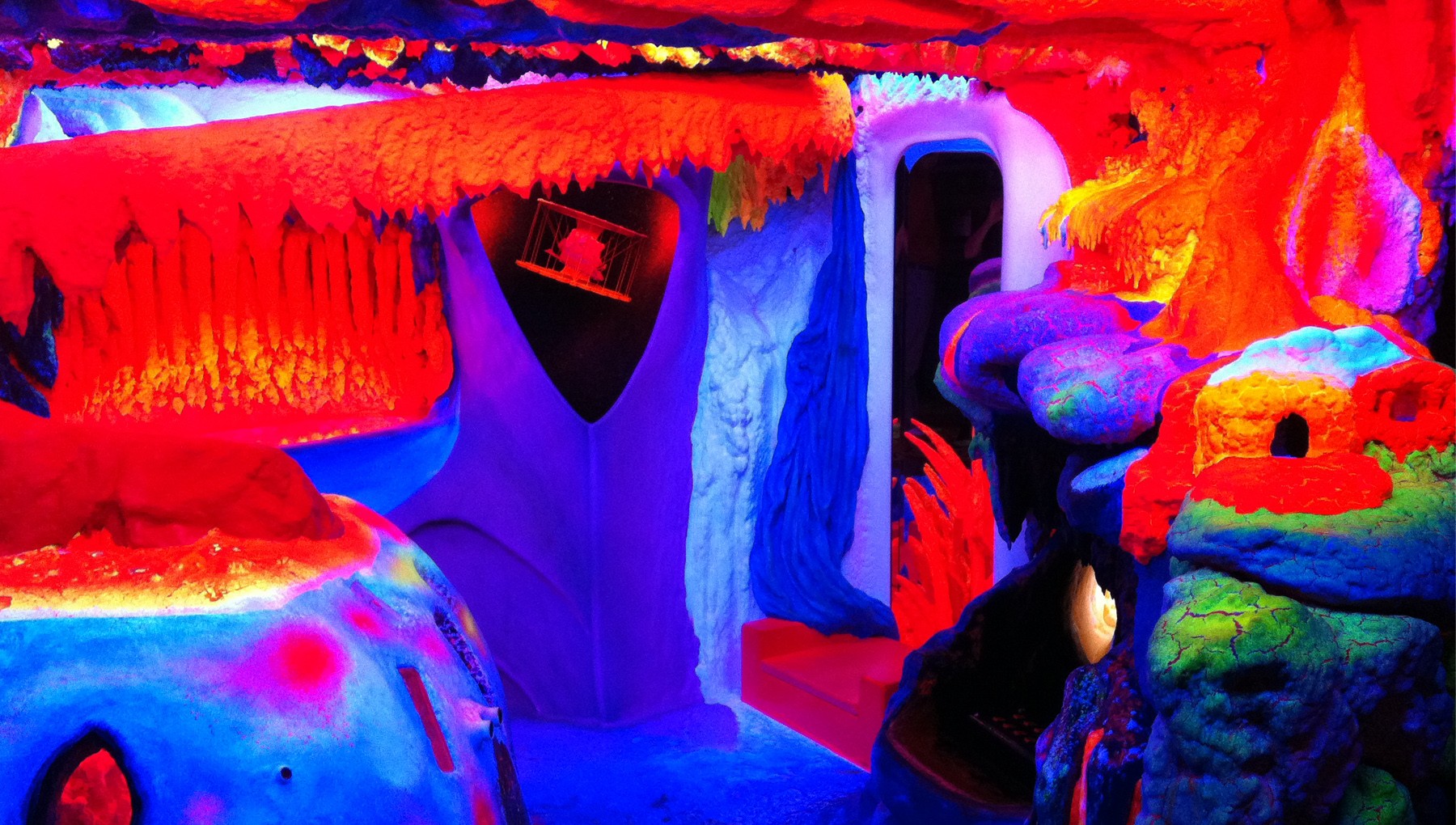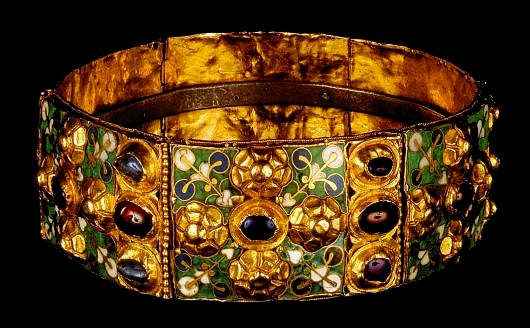The Museum, housed in the prestigious Palazzo Loffredo, presents to the public the results of important research carried out in central-northern Basilicata and, at the same time, is the showcase of the complex archaeological reality of a region that has been a privileged place of encounter between people of different lineages and cultures.
The Museum is articulated on two floors according to a chronological and territorial criterion that offers the visitor the archaeological picture of the whole region, from the phase before the Greek colonization to the Roman conquest, with an in-depth examination of the territory of Potenza. Particular attention is paid to the findings of Vaglio, from which rich funerary objects, dating back to between the end of the 6th and the middle of the 5th century B.C., come. The refined armour from the tombs of the warriors and the precious jewellery from the female tombs attest to the presence of an elite in which the kings (basileis) of the Peuketiantes, the people who occupied the territory in the archaic age, can be recognized.
The most significant testimonies concerning the occupation of Basilicata during the 4th century B.C. by the Lucanians have been returned from the sanctuary of Rossano di Vaglio: embossed sheets, fragments of bronze statues, gold and silver jewellery, marble and terracotta statuettes are the most precious ex-votos on display in the Museum with a particularly evocative layout.
